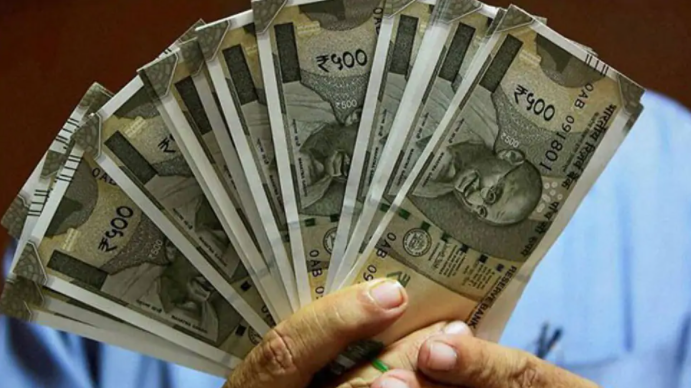7th Pay Commission DA Hike: Even after rising inflation, there is no difference in the standard of living of the employee, so this allowance is an important part of your salary.
7th Pay Commission DA Hike: Dearness Allowance (DA) and Dearness Relief (DR) to central employees and pensioners will increase by 3%. The total dearness allowance has now reached 34%. Dearness allowance is given to government employees to improve their cost of living. Even after rising inflation, there is no difference in the standard of living of the employee, so this allowance is an important part of the salary. Government employees, public sector employees and pensioners are given dearness allowance (DA) and dearness relief.
Dearness Allowance is calculated by this formula
There is a formula for calculating Dearness Allowance (DA). The formula for central employees is [(Average of All India Consumer Price Index (AICPI) for the last 12 months – 115.76/115.76]×100. If we talk about the dearness allowance of people working in PSU (Public Sector Units), then the method of its calculation is different – Dearness Allowance Percentage = (Average of Consumer Price Index of last 3 months (Base Year 2001=100)-126.33 ))x100
What is AICPI?
There are two types of inflation in India. One is retail ie retail and the other is wholesale inflation. Retail inflation rate is based on the prices offered to ordinary customers. It is also called Consumer Price Index (CPI).
How much will your salary change?
For salary calculation under 7th Pay Commission (7th Pay Commission Salary hike), DA has to be calculated on the basic salary of the employee. Suppose the minimum basic salary of a central employee is Rs 25,000, then his DA calculation will be 34% of 25,000. After increasing the DA, 34% of Rs 25,000 i.e. total will be Rs 8500. This means that the employee has got a benefit of Rs 750 in every month salary as compared to the previous dearness allowance. This is an example, similarly those with other salary structure can also calculate it according to their basic salary.
Is dearness allowance taxed?
Dearness Allowance is fully taxable. Under the Income Tax rules in India, separate information about dearness allowance has to be given in the Income Tax Return (ITR). Meaning the amount you get in the name of dearness allowance is taxable and tax will have to be paid on it.
There are two types of dearness allowance
There are two types of Dearness Allowance (DA). First Industrial Dearness Allowance and second Variable Dearness Allowance. The Industrial Dearness Allowance is revised every 3 months. This is for the employees working in the public sector of the central government. It is calculated on the basis of Consumer Price Index (CPI). The Variable Dearness Allowance is revised every 6 months. Variable Dearness Allowance is also calculated on the basis of Consumer Price Index (CPI).
Started during the Second World War
Dearness allowance was introduced during the Second World War. At that time, this money was given to the soldiers apart from the salary for food and other facilities. At that time it was called Food Dearness Allowance or Dearness Food Allowance. Dearness Allowance was first introduced in India in 1972 from Mumbai. After this, the Central Government started giving dearness allowance to all the government employees.


